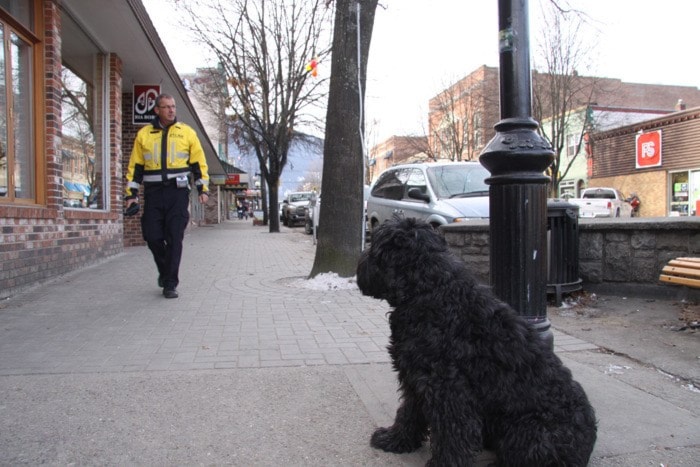As this is my first column in 2012 I hope everyone had a great Christmas season and are ready for the new year.
Council is busy working on the 2012 budget and have had three meetings already with two more scheduled for this month. Aside from the budget there are several items that will be on our agenda. These include Sunday bus service, animal control bylaw, keeping hens in Nelson, and water meters.
The city operates the transit system in partnership with BC Transit and the Regional District of Central Kootenay. BC Transit contributes 47 per cent of the operating cost with the regional district and the city splitting the remaining 53 per cent. This split is 33 per cent RDCK and 67 per cent City. Revenue though fares and advertising amounts to $227,000 with a city taxpayer contribution of $290,000. The total budget for transit is $1.3 million. Council has requested staff meet with BC Transit planners to see if we can change our operating procedures to reduce the budget, so that we could once again have Sunday service.
Our animal control bylaw restricts dogs on Baker Street and adjoining streets. This has caused Nelson to get a bad reputation with tourists who travel with their dogs. This bylaw has been in place for several years and I feel it should be reviewed. A through lane could be acceptable. Tourists could obtain a pass from the Chamber of Commerce or downtown businesses. These suggestions could be other ways to control dogs on Baker Street without an outright ban. All dogs would have to be on a leash, no dogs left alone tied to parking meter or other posts, and all owners must pick up any dog droppings.
Keeping of hens within Nelson city limits will be very controversial. Staff are currently working on a proposed bylaw that will come to the council table this year. If approved it will contain restrictions on the number of hens that can be kept, the construction and type of coop, the minimum size of residential lot allowed to keep hens, noise control, manure disposal and disposal of the hens when they are no longer laying eggs. One of the biggest concerns is what type of other animals the hens will attract to their coop; this could range from mice to bears. We have heard consistently from the pro-chicken group and the no-chicken group has a limited amount of time to tell us how you feel. If you want to be heard we have to hear pros and cons.
Our water and sanitary sewer systems are funded through fees to all residential and commercial users in the city. These systems are considered separate utilities but they are joined together as water used inside a home or business ends up in the sanitary sewer system at the sewage treatment plant. Now I will give everyone a little history of the sanitary sewer system.
Up until the early 1960s the city operated with only one sewer system as both sanitary and storm sewer were contained in the same pipes. This single system dumped all of the sewage into the West Arm of Kootenay Lake at various outfalls along the shoreline.
An interceptor sewer line was constructed in approximately 1962 which collected all of the Fairview outfalls and transported the sewage to an area of the West Arm near the end of Hall Street. In 1972 this sewage began to be pumped to the new sewage treatment plant for treatment prior to disposal in the Kootenay River.
A problem that is still being worked on is that there are still a large number of storm sewer connections to our sanitary sewer system. On heavy rainfall and snow melt days the flows to the sewage treatment plant can double. The average flow to the sewage treatment plant is 5,600 cubic metres per day of sewage in late November 2011 on a rainy day the flows increased to 11,390 cubic metres.
Rather than spend millions of dollars on water meters, which will only minimally reduce flows to the sewage treatment plant, I think that we should expend these funds on the infrastructure and complete the separation of these two sewer systems. If all storm water was eliminated from the sewage treatment plant, flows to the plant would remain near the average which would save money on treatment cost on a yearly basis.
As you can see we have lots of work ahead in 2012.
Nelson city councillor Bob Adams shares this column spot with his colleagues around the table on a rotating basis.
